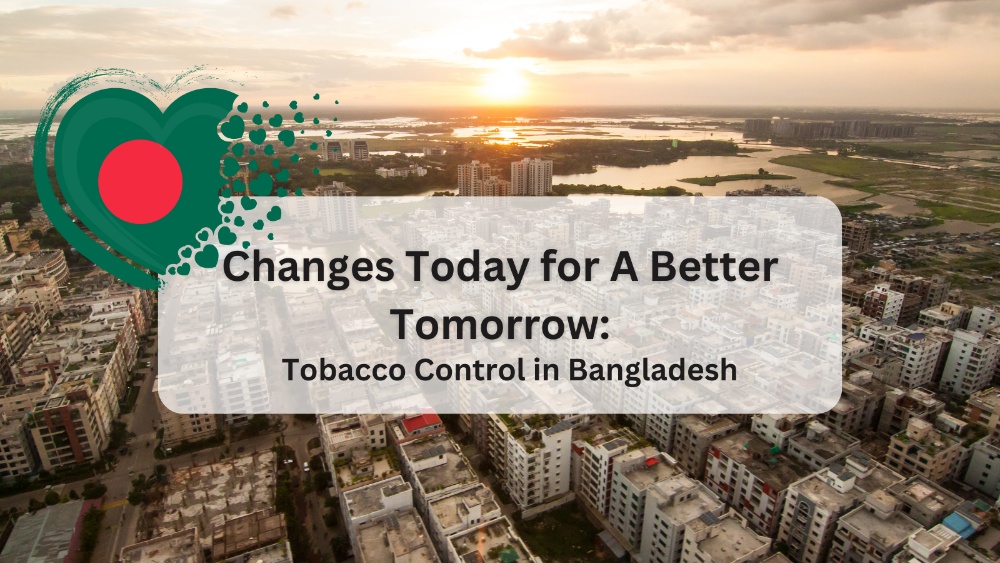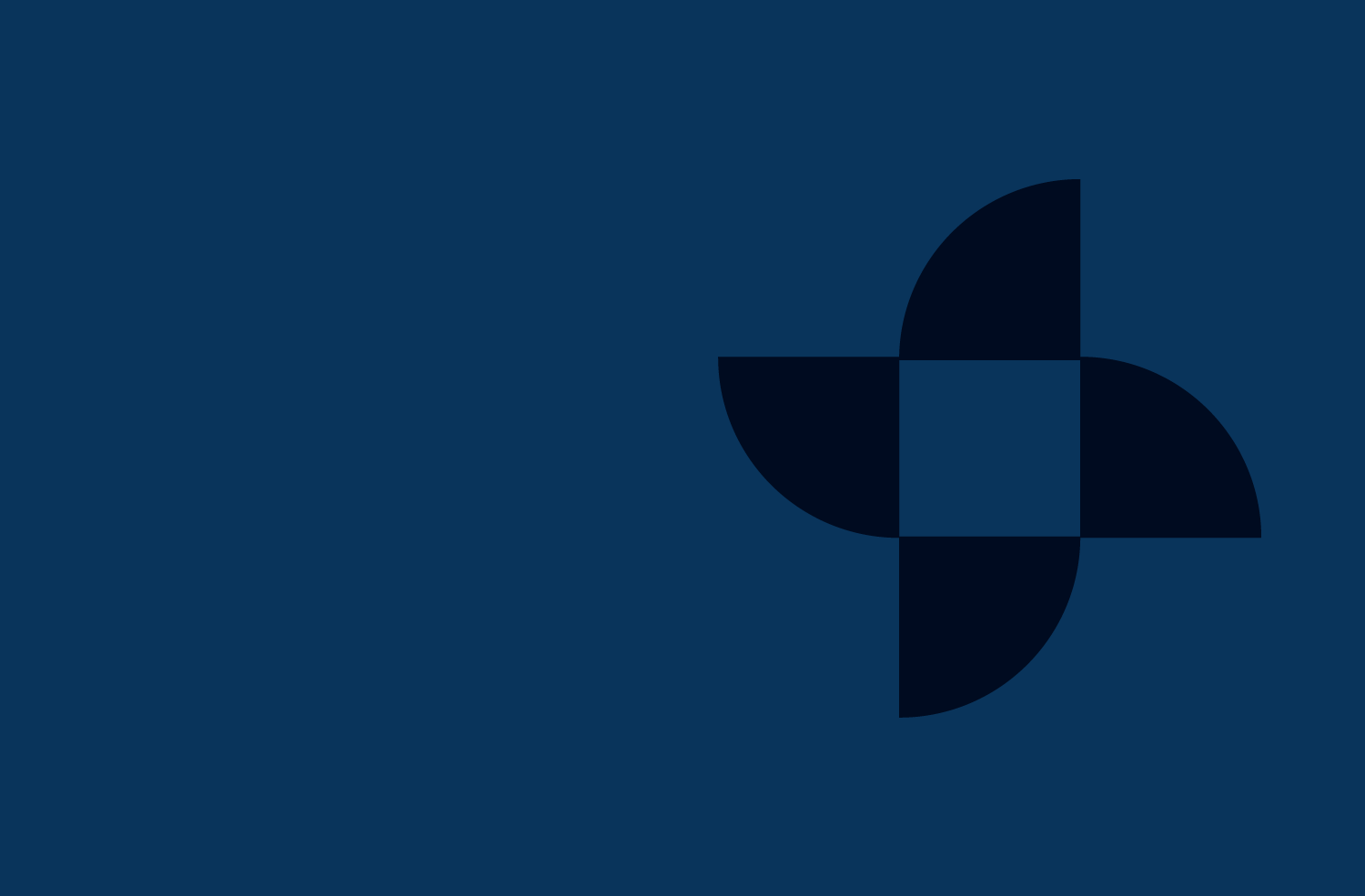
Bangladesh is highlighted as a case study in a recent report focusing on preventing tobacco-related deaths, demonstrating the life-saving potential inherent in harm reduction policies.
Tobacco use is closely tied to the three primary causes of death in Bangladesh — stroke, heart disease, and chronic obstructive pulmonary disease. Bangladesh grapples with the consumption of “harmful smokeless tobacco and areca nut products,” significantly contributing to the heightened incidence of oral cancer in the nation, additionally, alongside an 18.6% tobacco smoking rate among adults.
The study suggests that preventing the loss of approximately a million lives (920,000) in Bangladesh over the next four decades could be achieved through the implementation of tobacco harm reduction (THR) policies, ensuring access to THR products, and improving the accessibility to the diagnosis and treatment of tobacco-related diseases.
Acknowledging the prolonged timeline of this strategy, the urgency is underscored by the statement: “All premature tobacco-related deaths by 2060 will be among current adult smokers,” emphasising the need to prioritise middle-aged smokers and consumers of harmful smokeless tobacco products.
Considering the WHO projections, which foresee a 25% decrease in smoking rates from 2000 to 2025, the significance of adopting harm-reduced alternatives becomes evident. However, this report suggests the potential to double this decline to 50% by implementing recommended measures focused on tobacco harm reduction (THR) and improved healthcare access.
Exploring and analysing the gender-specific aspects of this behaviour within certain societies could aid in creating customised campaigns. The study found a notable gender contrast in tobacco smoking habits, with 36.4% of men engaging in this practice compared to only 0.5% of women reported smoking. These campaigns would aim to disseminate information about tobacco-free alternatives and promote greater social acceptance of these options.
Read the full report for a comprehensive understanding of the situation and to discern the recommended next steps for activists, governments, and stakeholders.
Tags
Popular Posts
Quick Links
Related Posts
 Paradigm Shift Needed In Pan America’s Approach to End Smoking
Paradigm Shift Needed In Pan America’s Approach to End Smoking
Paradigm Shift Needed In Pan America’s Approach to End Smoking
 Tobacco Harm Reduction Seminar in Brazil
Tobacco Harm Reduction Seminar in Brazil
Tobacco Harm Reduction Seminar in Brazil
 Systematic Review of Vaping Flavours | Dr. Konstantinos Farsalinos
Systematic Review of Vaping Flavours | Dr. Konstantinos Farsalinos





